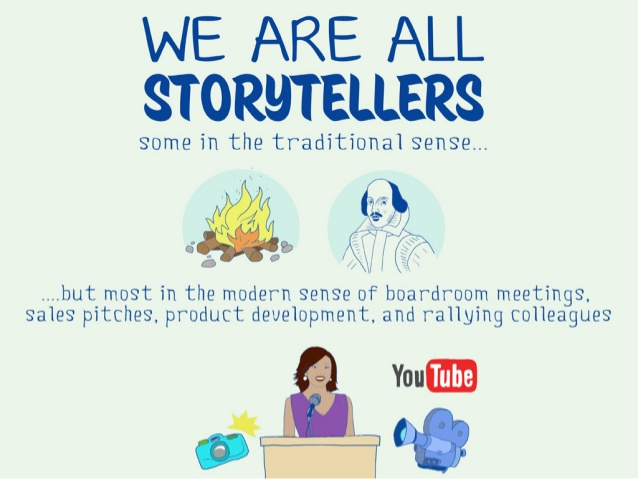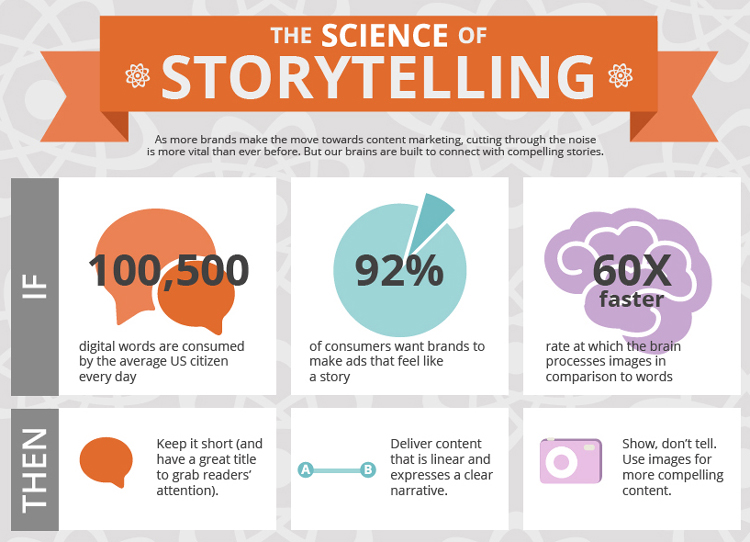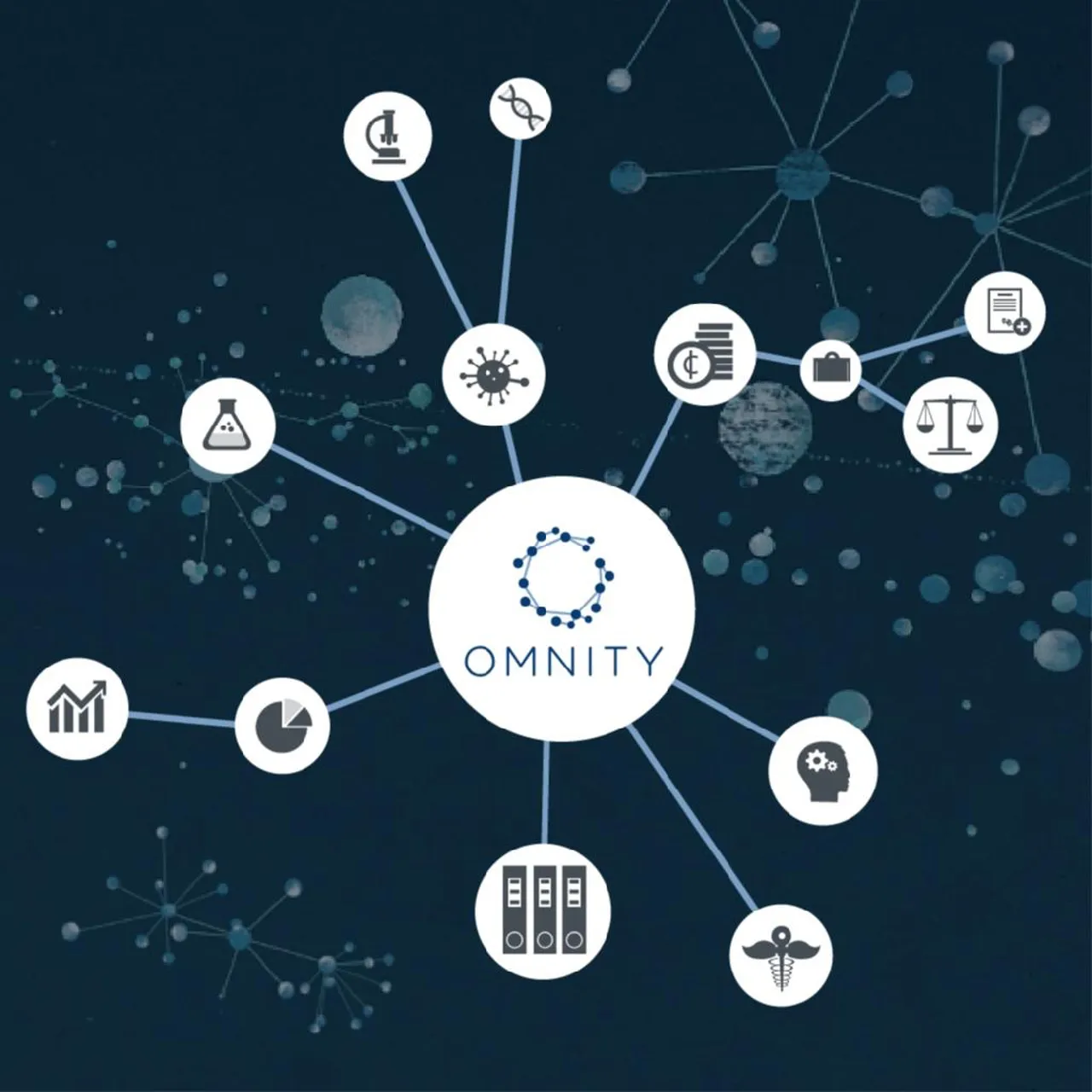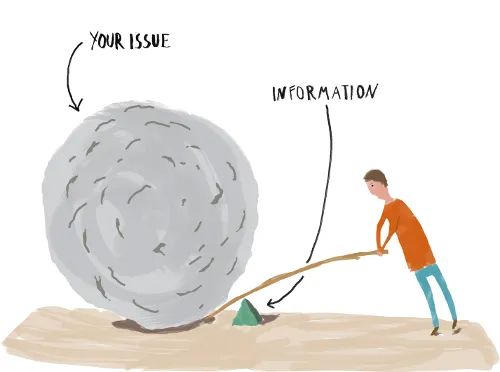How i learned to stop worrying and love telling stories

I’ve got tech, data, and media, and i’m not afraid to use them. Here’s my story, why you may care, and how to make sure you’re up to date.
A geek’s life
I have not always liked writing, neither have i always been that good at making cases and telling stories. Or at least, that’s what i used to think. My background is in software engineering, and for tech-minded people anything other than being on the job and getting it done feels like a waste of time.
Ask any software engineer which part of their job they like the least. Most will tell you “documentation”, “deliverables”, some “meetings” and “clients”. Most engineers are not comfortable dealing with things that are not binary and cannot be put to the test: software either works or it doesn’t, for the most part.
Writing text..that’s a different story. Sure, that’s an over-simplified view. There are non-functional aspects to software. There are functional aspects to text. Not all engineers are 100% like that. Still, in my experience most come pretty close, and that over-simplification is not much of a stretch.
I was lucky enough to have served in roles that were both client-facing and team-leading from early on in my career. And this is what made me turn to writing — slowly, gently, but apparently unmistakably.
Granted, it started from a utilitarian point of view: faced with the need to document software projects, or respond to RFPs, i quickly came to terms with the fact that having a solid grasp of something and being able to put that across for others to get is not the same thing. It’s not very easy, either.
In technical writing, being concise is a virtue, and i quickly figured that keeping it simple is one too. I was able to pick up on feedback i got from clients, managers and colleagues and figure out what worked and what didn’t, in my own engineering way. So i came to terms with writing: it no longer intimidated me, and i started enjoying the credit i got for it. But that was about to change.
Doing research, turning heads
Going from industry to research was a major departure for many reasons, and my relationship with writing entered a new phase as well. I had to use new tools, and address a new audience. As a researcher, being able to show and tell to convince others about the value of what you’ve been toiling over in the lab is a major part of success.
I had to polish my skills, adding style to substance. Then going from academic to industrial research was the next step. And wearing the reviewer hat helped develop empathy and a sense of what works for readers. I reached a point where i actually felt like i had developed a flair for writing, and positive feedback was starting to add up.
But it took what at the time seemed like a series of unfortunate events to become a writer proper. Joining Gigaom was half-chance, really. After leaving my job and shutting down my first startup, i turned to them almost on an impulse. I liked what i saw in Gigaom back in 2012.
So i basically came out of nowhere knocking on their door, asking if they could possibly use someone like me. It turned out that they could. Good timing, as Gigaom was expanding to Europe and was interested in working with EU-based analysts. We got off to a slow and somewhat clumsy start, neither side being sure how this could work.
It took me setting off on my own to do research and write a report for what was then a nascent market. I called it Agile Business Intelligence, and it’s what everyone does in analytics today: cloud-based, self service, embedded, agile. I called that almost a year before Gartner did. Gigaom got Tableau to sponsor it. We never looked back, landing client after client, and telling story after story. Until Gigaom crashed – but thats a different story.
That’s what it all comes down to: telling stories. Not just research or analysis or technical breakthroughs or visions or whatnot — stories. Because at the end of the day, that’s what people want to read. Why it’s important, how did it come to be, what’s it got to do with me, whodunnit. I got sucked up in this, and i guess you could say i honed my skills on the job.
Staying ahead of the curve
I started appreciating the challenge of finding and telling a good story in everything. It may look easier when you have big news/names, but the challenge is the same every time really: connecting the dots, finding an angle, making them care. Oh, and fending off people who want to use you, or be used by you – but that’s a different story.
In 2016, i started a new chapter as a ZDNet contributor. Same, but different. Finding a flow week after week. Keeping it short and sweet. Addressing a wider audience. But then again: picking a good story, connecting the dots, finding an angle, making them care. Plus, finding the right balance between being vocal, and blowing your own horn too much.
2018 was the Year of the Graph. In a little bit of history repeating, i was there to call a major shift in technology and data before the mainstream got to pick it up. Given i have been working with Graph since the early 2000s, it was kind of obvious. So what happens when your niche expertise becomes mainstream? Good things, that’s what.
After a wildly popular series of ZDNet articles, i started the Year of the Graph as a new outlet to keep track of all things Graph: Graph Analytics, Graph AI, Knowledge Graphs and Graph Databases. Keeping track of everything that’s going on in those fields, publishing a bi-monthly Newsletter, and a periodically updated report.
That’s a lot, i know. I guess some people have taken note, which is how i got to be listed as a Top Influencer in Big Data, Cloud, Graph. As they say, i am humbled, and grateful.
I never forget, however, that before starting a career as an analyst and journalist, i served Fortune 500, startups and NGOs as a consultant, built and managed projects, products and teams of all sizes and shapes, and got involved in award-winning research. I still try to do that stuff, as much as possible.
Keeping up
If you want to keep up with what i am up to, here’s how.
To keep up with my stories on ZDNet, VentureBeat, The New Stack, DZone, Hackernoon, and beyond, you can subscribe to the Orchestrate all the Things Newsletter, follow me on Twitter, LinkedIn, Facebook, Instagram, Pinterest, Tik Tok and YouTube, or subscribe to the Orchestrate all the Things Podcast.
To keep up with Graph Analytics, Graph AI, Knowledge Graph and Graph Database updates, you can follow the Year of the Graph on LinkedIn.
Story updated in April 2023.






